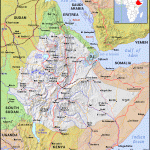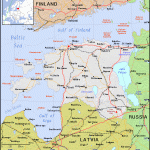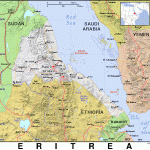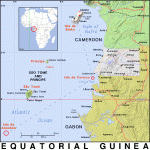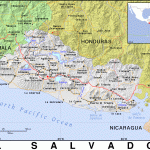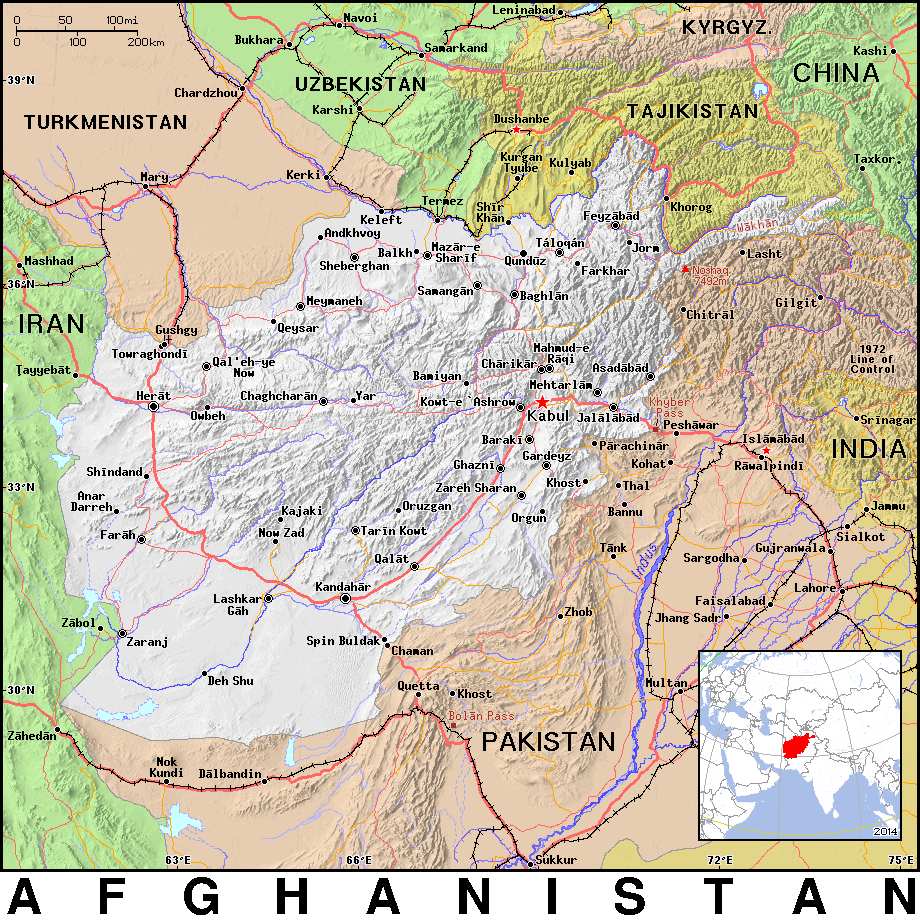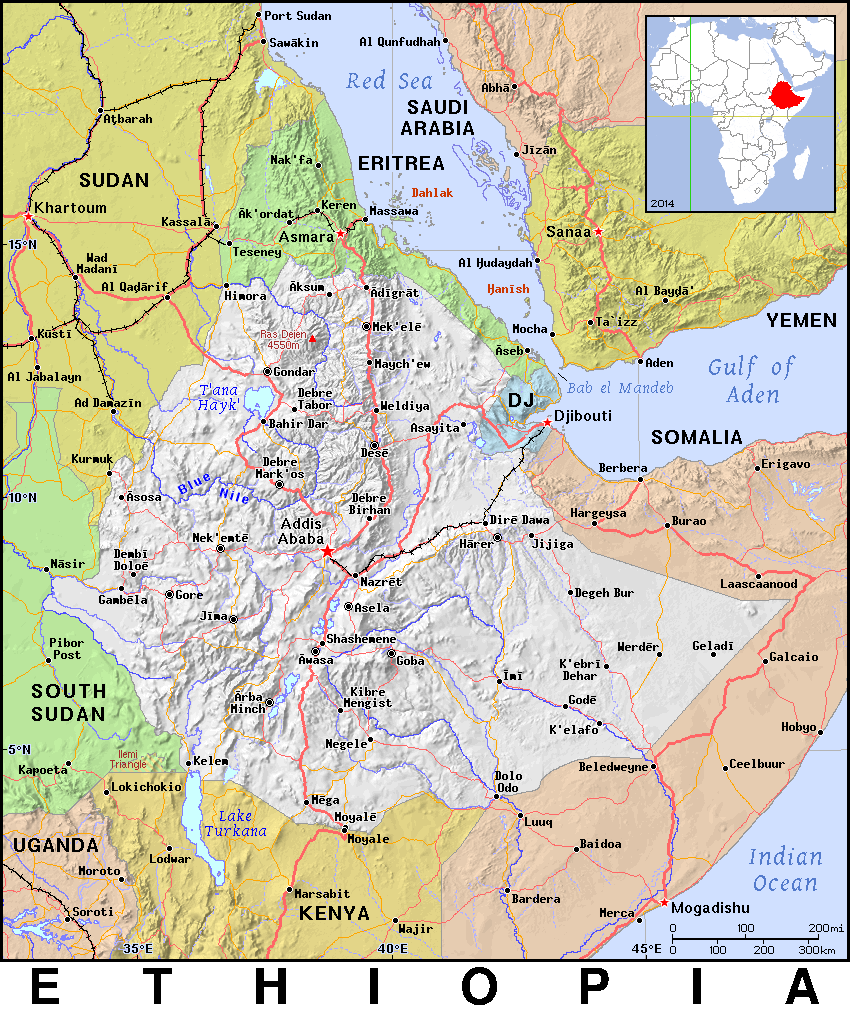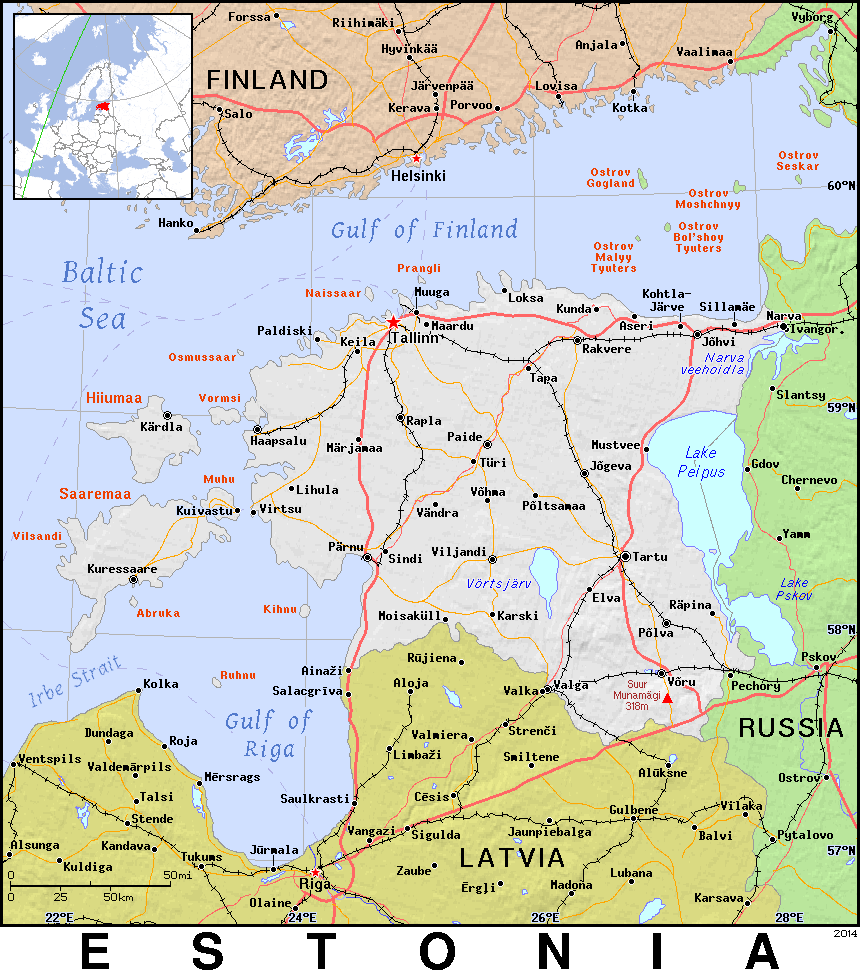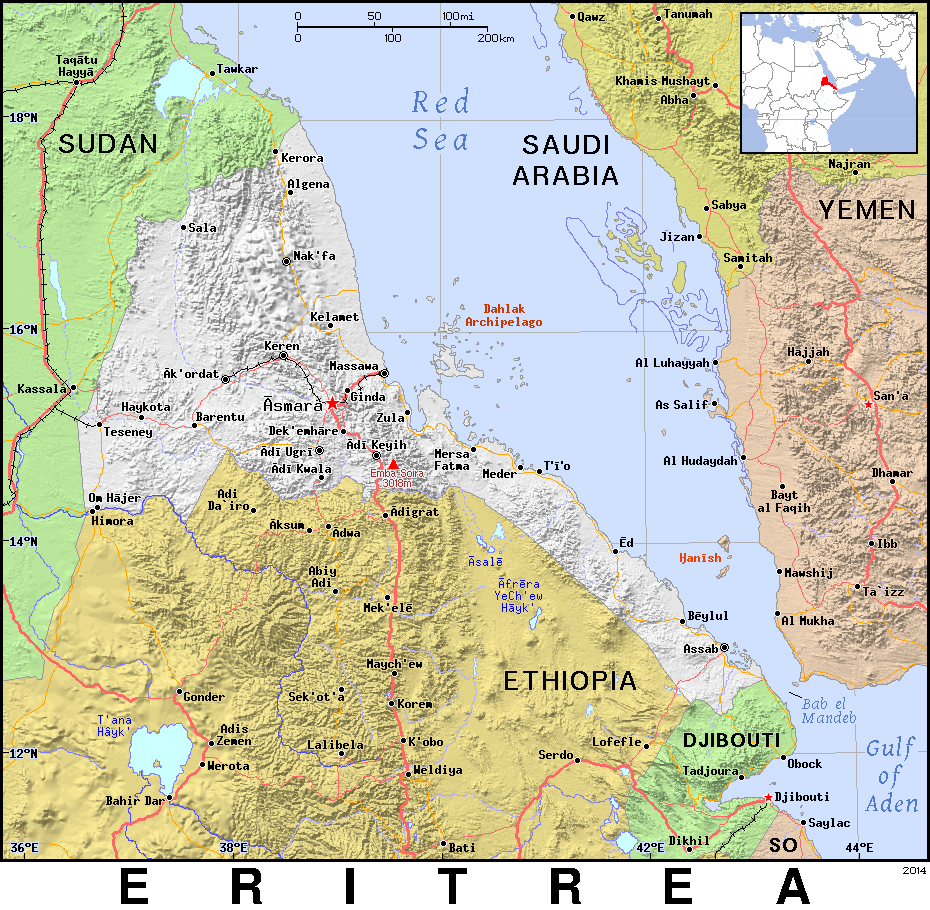With its stunning landscapes and vibrant culture, Afghanistan has a rich history and a unique charm yet to be fully explored by many. Despite its tumultuous past and ongoing conflicts, Afghanistan’s hospitality and warm-heartedness make it a fascinating destination for those seeking something off the beaten path. In this blog post, we will delve into some of the most intriguing facts about Afghanistan and suggest some top places to visit for travelers looking to experience its wonders. From the rugged beauty of the Hindu Kush mountain range to the bustling streets of Kabul, Afghanistan offers an authentic and immersive travel experience that is sure to leave a lasting impression. We’ll take you through a list of historical sites, cultural landmarks, and natural wonders that will broaden your knowledge and appreciation of this landlocked nation. Whether you’re a history buff, an adventure seeker, or a culture enthusiast, Afghanistan has something unique to offer.
1. Afghanistan is a landlocked country located in Central Asia.
Afghanistan is a landlocked country in Central Asia, bordered by Iran to the west, Pakistan to the east and south, Turkmenistan, Uzbekistan, and Tajikistan to the north. The country boasts a rich culture and history steeped in ancient traditions. Afghanistan is also a fascinating tourist destination with much to offer to the intrepid traveler. Regarding demographics, Afghanistan has an estimated population of over 38 million people, with a diverse mix of ethnic groups. The country has been shaped by a complex history of invasions and political conflicts, including the Soviet Union’s occupation, the rise of the Taliban, and the U.S. intervention. Afghanistan is slowly working towards a more stable and prosperous future despite these challenges. Visitors to Afghanistan can expect to experience a unique blend of hospitality, culture, and adventure.
2. It is home to more than 34 million people, most of whom are Sunni Muslims.
Afghanistan is located in South-Central Asia, bordering Pakistan, Iran, Turkmenistan, Uzbekistan, Tajikistan, and China. With a rich culture and history dating back to prehistoric times, Afghanistan is home to more than 34 million people, most of whom are Sunni Muslims. Afghanistan has a diverse population, with ethnic groups including Pashtuns, Tajiks, Hazaras, Uzbeks, and Aimaks. The country has a complex history of numerous invasions, wars, and political upheavals. Despite its challenges, Afghanistan has a stunning landscape and a unique culture that draws visitors worldwide. From the historic city of Kabul to the ancient ruins of Herat, there are many places to visit in Afghanistan that showcase its natural beauty and cultural heritage.
3. The official language is Pashto, but Dari is also widely spoken.
Afghanistan, a landlocked country in South Asia, has a unique culture and history. As for its demographics, the population of Afghanistan is estimated to be around 38 million people, comprised of various ethnic groups. The country’s official language is Pashto, spoken by most people, but Dari is also widely spoken. Dari is known as the Afghan dialect of Persian and is commonly used in the northern parts of the country. Understanding the language and cultural nuances can benefit travelers looking to explore the country’s diverse heritage. Visitors interested in tasting Afghanistan’s traditions and customs may consider exploring cities like Kabul, Herat, and Mazar-i-Sharif. These cities offer several historical and religious sites, including various mosques, shrines, and tombs, which symbolize Afghanistan’s cultural heritage and provide insight into the nation’s history.
4. The country is rich in minerals, including copper and gold.
Afghanistan is a country in South Asia rich in minerals, including copper and gold. The mining industry is an important economic sector and provides a significant source of revenue for the country. Afghanistan has a long history of mining, dating back to ancient times. The country’s mineral resources have played a vital role in its economy, not only in the present day but throughout history. Tourism is also an essential aspect of Afghan culture and economy. However, due to the country’s history of conflict and instability, the tourism industry has suffered and is recovering. Despite these challenges, Afghanistan has a unique and rich cultural history worth exploring. Demographically, Afghanistan is a diverse country with a population that includes Pashtuns, Tajiks, Hazaras, and Uzbeks, among other ethnicities. Understanding Afghanistan’s rich history, culture, and demographics is crucial for anyone interested in learning more about this country and its people.
5. The capital city, Kabul, has many religious and cultural sites.
Afghanistan is a country that is rich in religious and cultural diversity. The capital city of Kabul is an ideal destination for tourists, as it houses many religious and cultural sites. These sites reflect the centuries-old traditions and life of the Afghan people. The city has historical landmarks, including the Babur Gardens, the National Museum of Afghanistan, and the Kabul Zoo. Afghanistan has a rich history, filled with political upheavals and invasions. Due to its location and history, the country’s culture has been shaped by various influences from India, Persia, and Central Asia. The country’s official language is Dari, but Pashto is also widely spoken. Afghanistan has a diverse demographic of various ethnic groups, including Pashtuns, Tajiks, Hazaras, and Uzbeks. Afghanistan’s culture, history, demographics, and tourism make it an exciting destination for those who want to experience the true essence of the country.
6. The Bamiyan Valley is home to the Buddhas of Bamiyan, two ancient statues carved into the side of a mountain.
The Bamiyan Valley in Afghanistan is an important historical site known for its pair of giant statues known as the Buddhas of Bamiyan. These ancient statues were carved into the side of a mountain between the third and fifth centuries AD and stood as some of the tallest statues of Buddha in the world. Unfortunately, the Taliban destroyed the Buddhas of Bamiyan in 2001, but they remain a significant cultural and historical symbol in Afghanistan. The Bamiyan Valley is a tourist destination and an essential site for research in art history and archaeology. The area is known for its remarkable natural beauty, lush greenery, and impressive mountain landscapes. It is truly a place worth visiting for anyone interested in exploring Afghanistan’s history, culture, and demographics.
7. Band-e-Amir National Park is Afghanistan’s first national park and home to six beautiful lakes.
Band-e-Amir National Park is not only Afghanistan’s first national park but also has plenty of natural beauty to offer visitors. Six stunning lakes make their home in this park. The lakes’ pristine waters are essential to the country, providing water for the region. Perhaps the most famous among them is the Band-e-Haibat, which glows a stunning turquoise color thanks to the bog iron which seeps into the water. The national park opened in 2009 and significantly contributed to Afghanistan’s tourism industry. In addition to being a wonderful sanctuary for diverse flora and fauna, it serves as a site for Afghanistan’s cultural and historical significance. The high altitude of the lake system provides habitat to unique wildlife, including the snow leopard, the threatened Asiatic black bear, and many more unusual species. This well-conserved national park continues to symbolize the remarkable efforts toward Afghanistan’s conservation of its natural resources and its commitment to responsible ecotourism.
8. The Wakhan Corridor is a scenic mountain valley that attracts trekkers and adventurers.
The Wakhan Corridor is a scenic mountain valley located in northeast Afghanistan and is considered one of the country’s hidden gems for adventure seekers and trekkers. It is a narrow strip of land that separates Tajikistan from Pakistan and includes a diverse range of landscapes, from snow-capped mountains and glaciers to high-altitude deserts and grasslands. Besides the natural scenery, the region is also home to several ethnic groups, including Kyrgyz shepherds who live in traditional felt yurts. The Wakhan Corridor has played a significant role in Afghanistan’s history, serving as a trade route between Central and South Asia since the Silk Road period. Today, the area is becoming increasingly popular among visitors interested in exploring Afghanistan’s rich culture, history, and unspoiled natural beauty.
In conclusion, Afghanistan is rich in history, culture, and natural beauty, offering visitors a unique and unforgettable experience. There is so much to explore and discover, from the ancient cities of Balkh and Herat to the stunning landscapes of the Wakhan Corridor and the Band-e-Amir National Park. While the security situation has been a concern in recent years, it is still possible to visit Afghanistan with proper planning and guidance. A trip to Afghanistan is not only an opportunity to learn about a fascinating country but also a chance to challenge and expand one’s worldview.
